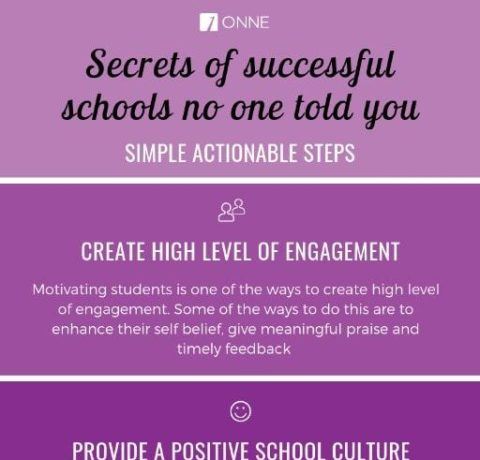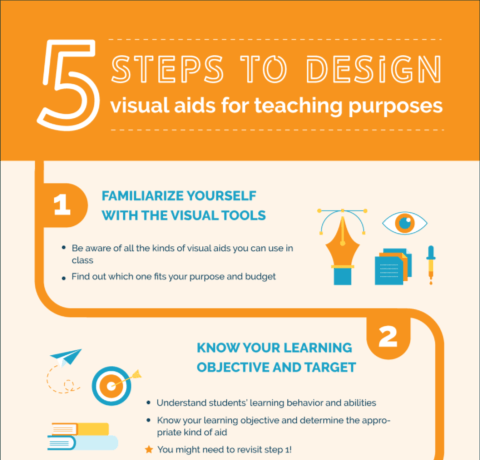How to Grow, Engage and Retain Teachers Infographic
School districts across the nation report a growing shortage of teachers, driven both by a sharp drop in new licenses and the exodus of veteran teachers from the profession. That nationwide shortage shows no sign of slowing down, with 100,000 fewer teachers filling public school positions in 2015, compared to 2008. How can schools counter the dwindling pool of educators? Traditional approaches — workshops, seminars and training sessions — can inform and motivate, but aren’t enough to sustain growth long-term. By contrast, continuous growth and engagement require a professional growth plan: a systematic approach that’s both personal and rooted in documented successes across the nation. Like building a house without a blueprint, asking for improvements without a growth plan is asking for trouble. At best, it’s a waste of everyone’s time. It certainly won’t stop the “bleeding” of talent from schools.
The How to Grow, Engage and Retain Teachers Infographic explains that in order to drive teacher success and satisfaction, schools must create a personal growth plan that includes these 6 steps:
1. Identify areas of need.
Evaluate gaps, weaknesses and blind spots that keep teachers from engaging students effectively and preparing them for the future. Analyze current methods, strategies, resources, guidelines, tools, goals and outcomes. What wasteful activities can be eliminated, and what areas can be strengthened? What needless obstacles stand in the way of your teachers’ performance and fulfillment?
2. Reflect on those areas.
Think carefully about the weak spots you identified. Decipher what’s working (or not) by considering these 7 questions.
- Are you getting to know your students?
- Are you explaining the material clearly?
- Are you promoting student independence?
- Are your students interested and engaged?
- Are you providing immediate feedback?
- Are you monitoring student progress?
- Are you providing students feedback?
3. Plan for improvement.
Now that you’ve identified the end goal, it’s time to plan for how you’ll get there. Since no two people are identical in their interests, skills or knowledge, no single plan will work for everyone. Considering your unique challenges and objectives, brainstorm solutions and tactics for the gaps you’ve identified.
4. Identify growth resources.
Now it’s time to figure out how to put your plan into action. To piggy-back on the construction analogy, what tools can enable, accelerate and reduce risks as you erect your plan? Workshops and seminars are adequate, but incredibly time and cost consuming. Instead, explore resources widely available from online sources for development that doesn’t require a lot of planning, investment, and time away from the classroom.
5. Set measurable goals & timelines.
Establish your main goal, then break your plan into several short-term goals. Create a realistic timeline and checklist for each step and milestone. As you hit each checklist item, mark it off to track your improvement.
6. Re-evaluate.
Track your progress and remember, sometimes life happens and things don’t go according to plan. Adjust and adapt as conditions shift. Re-evaluate your plan every six months to a year, at minimum.
When schools equip teachers with a thoughtful, customized growth plan, students win. And when students win, so do educators and administrators. It’s an inescapable cycle, and professional growth plans can make it a winning one.







You can adjust your cookie preferences here.